Encyclopaedia Londinensis, or, Universal dictionary of arts ..., Volume 12
"The Sclavonian language is spoken in Epirus, the western part of Macedonia, in Bosnia, Servia, Bulgaria, in part of Thrace, in Dalmatia, Croatia, in Poland, Bohemia, Russia, and Mingerlia in Asia, whence it is frequently used in the seraglio at Constantinople. Many of the great men of Turkey understand it, and frequently use it..."
"The Sclavonian language is spoken in Epirus, the western part of Macedonia, in Bosnia, Servia, Bulgaria, in part of Thrace, in Dalmatia, Croatia, in Poland, Bohemia, Russia, and Mingerlia in Asia, whence it is frequently used in the seraglio at Constantinople. Many of the great men of Turkey understand it, and frequently use it..."
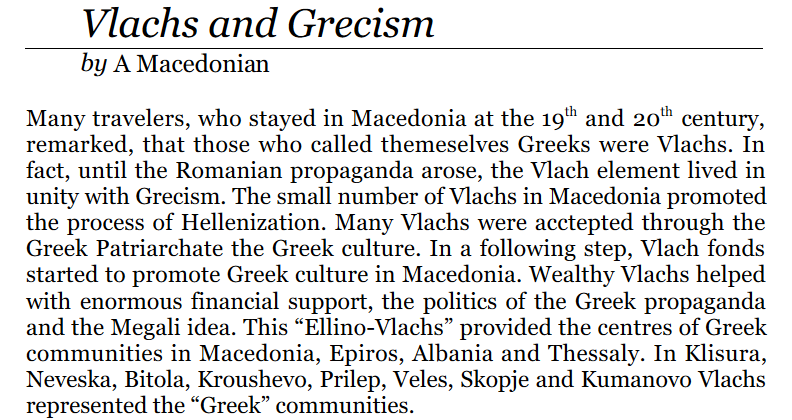
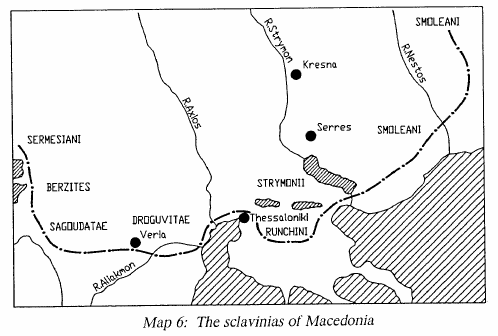
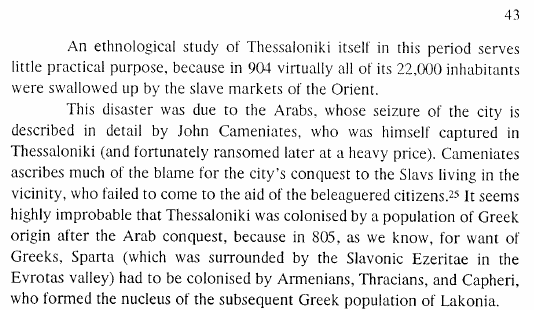
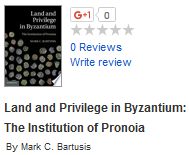
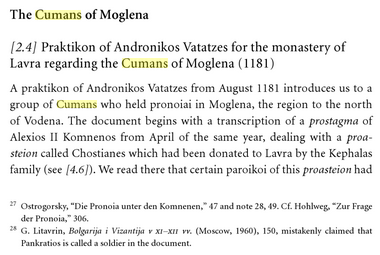
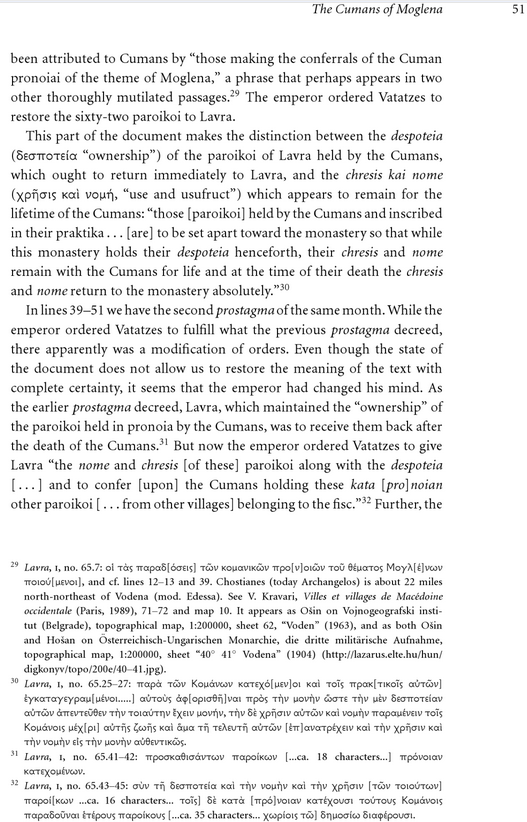
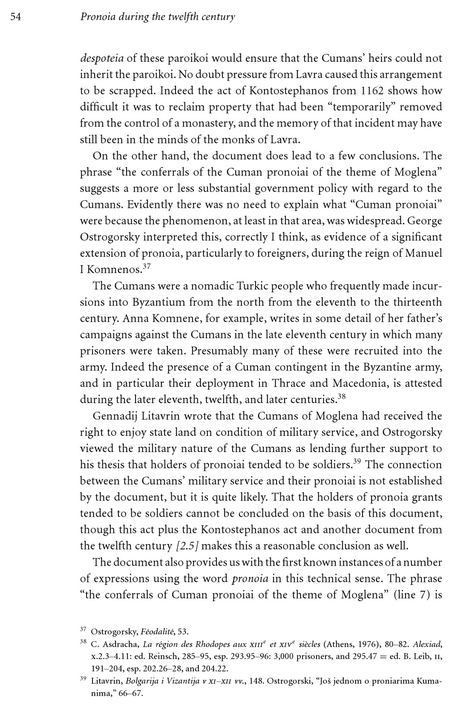
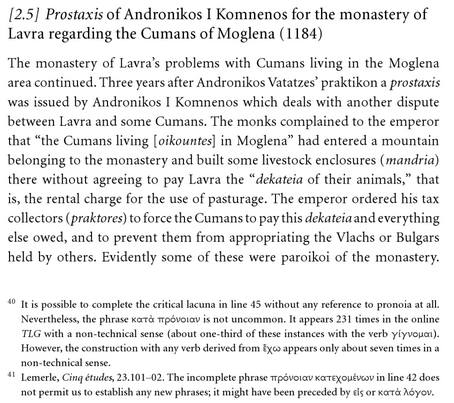
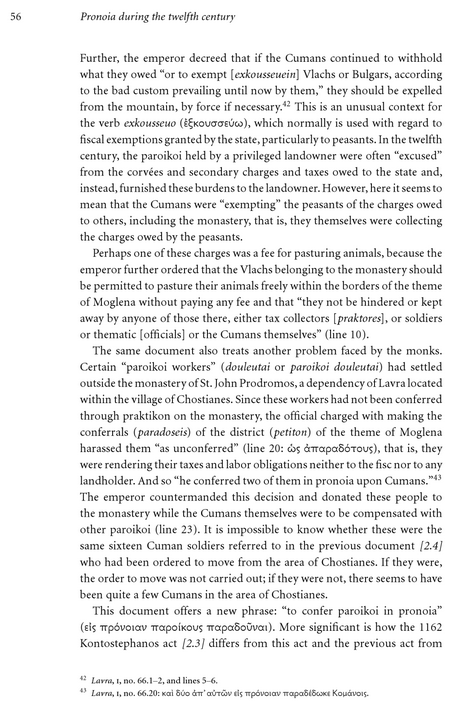
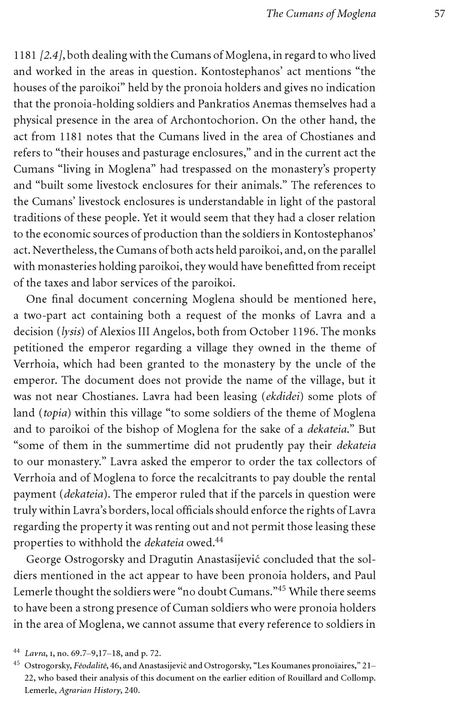
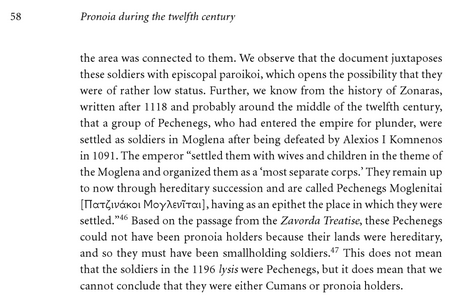
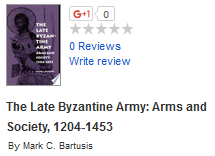
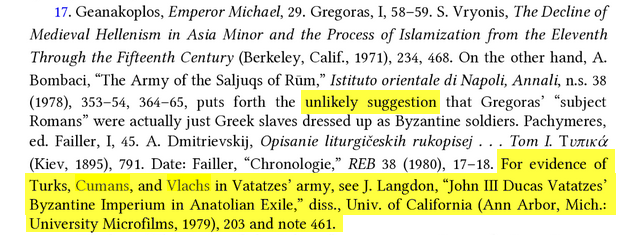
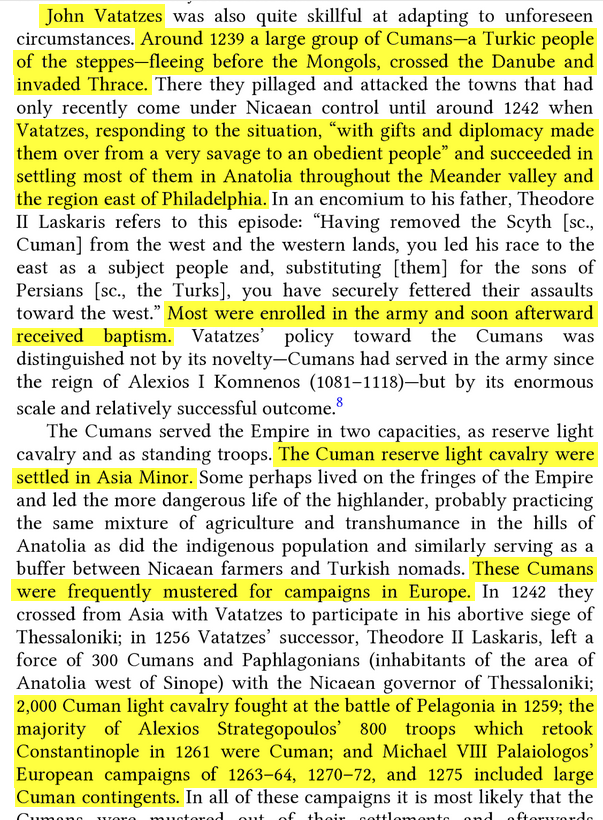
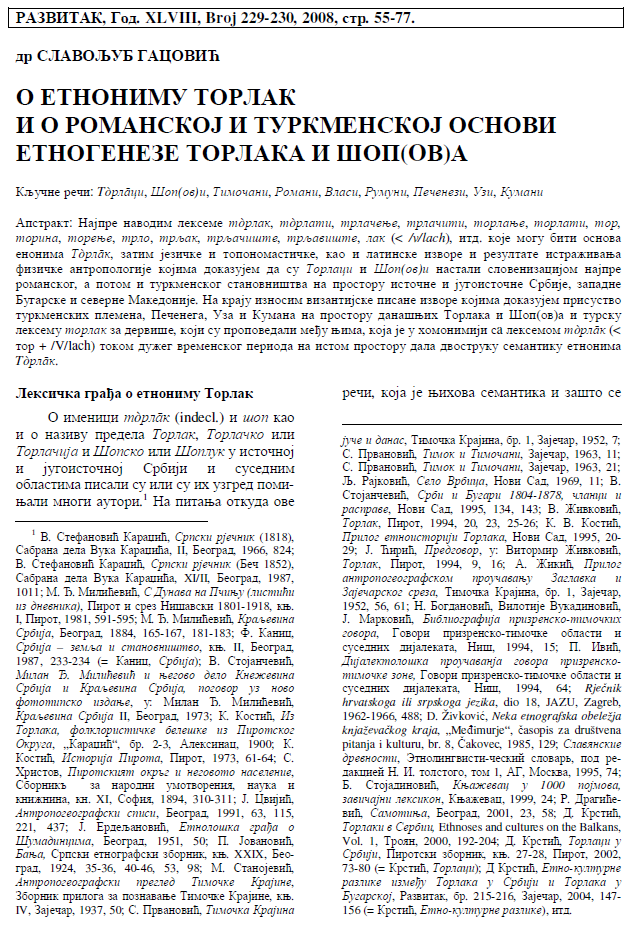
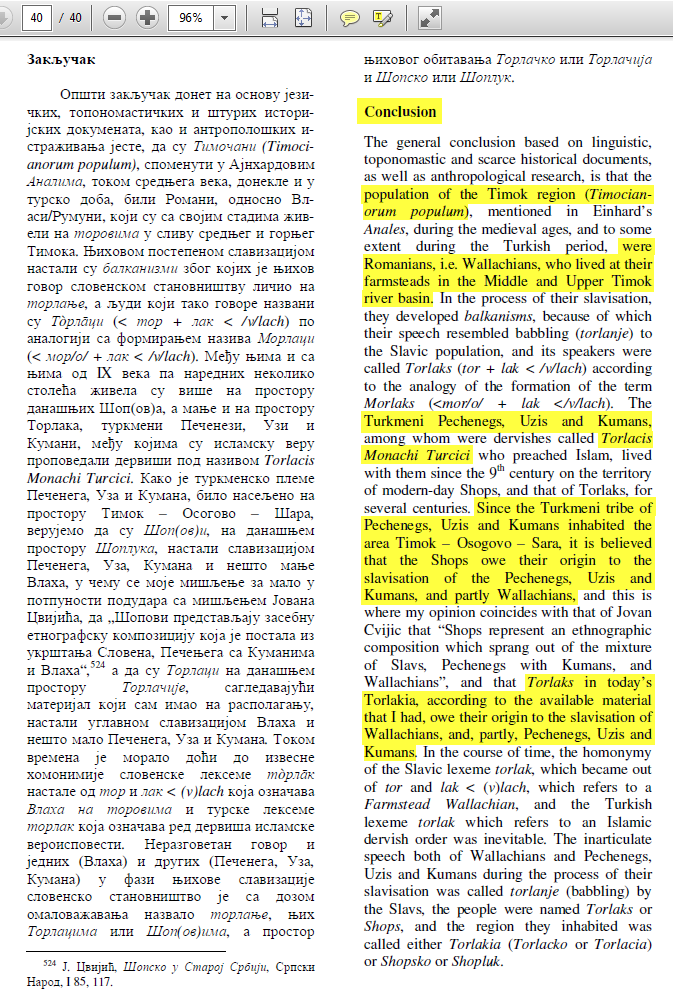

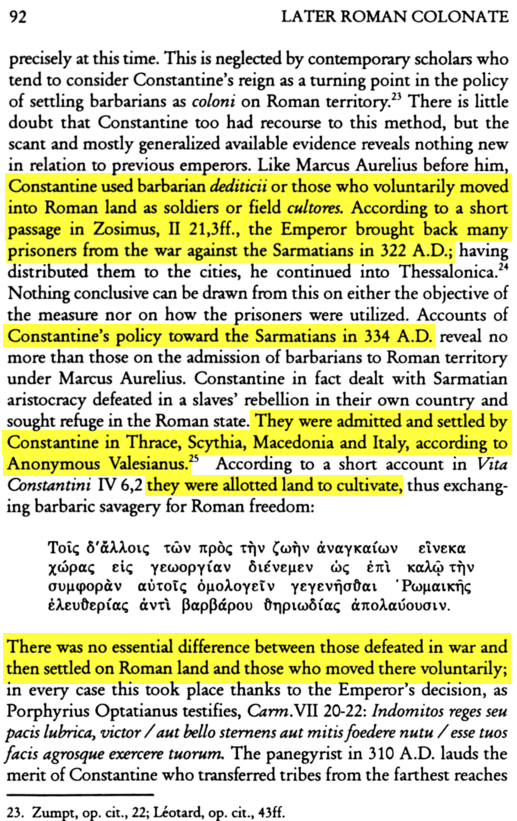


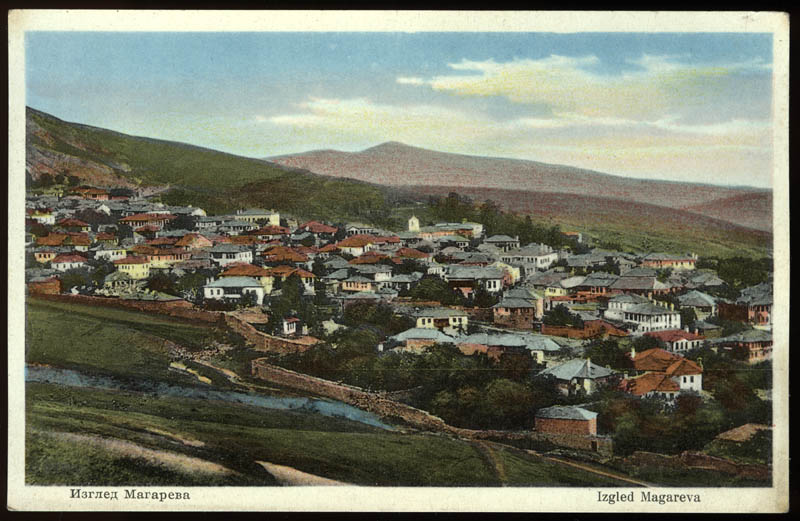

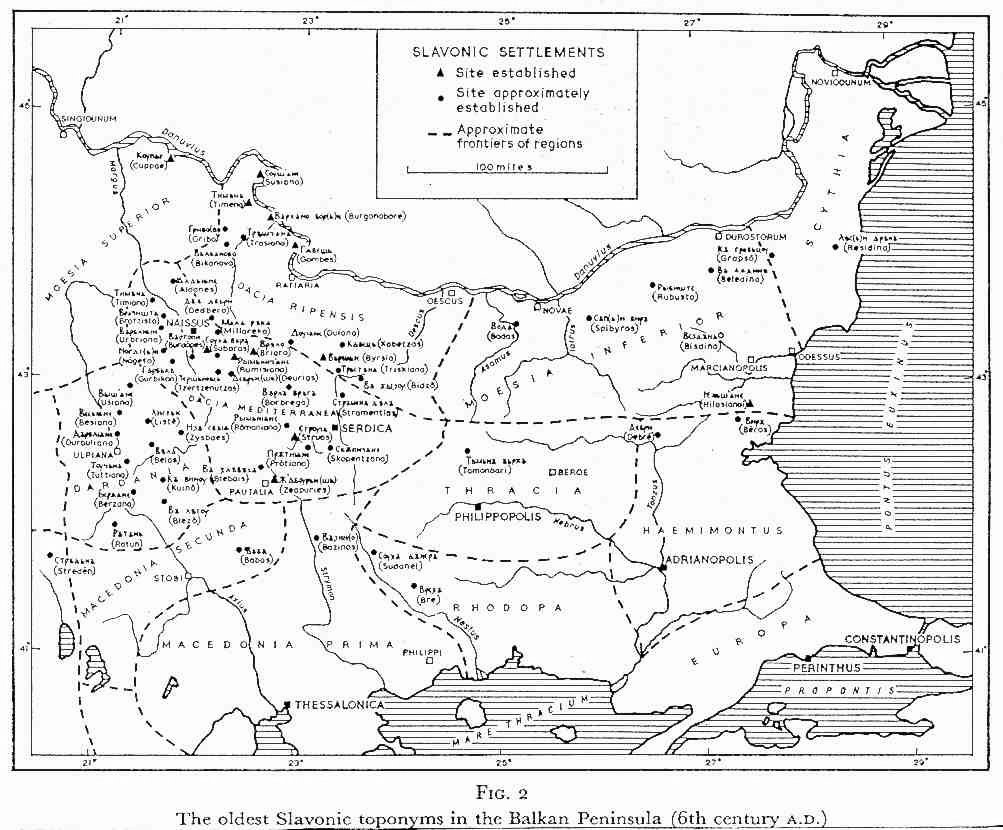
Comment